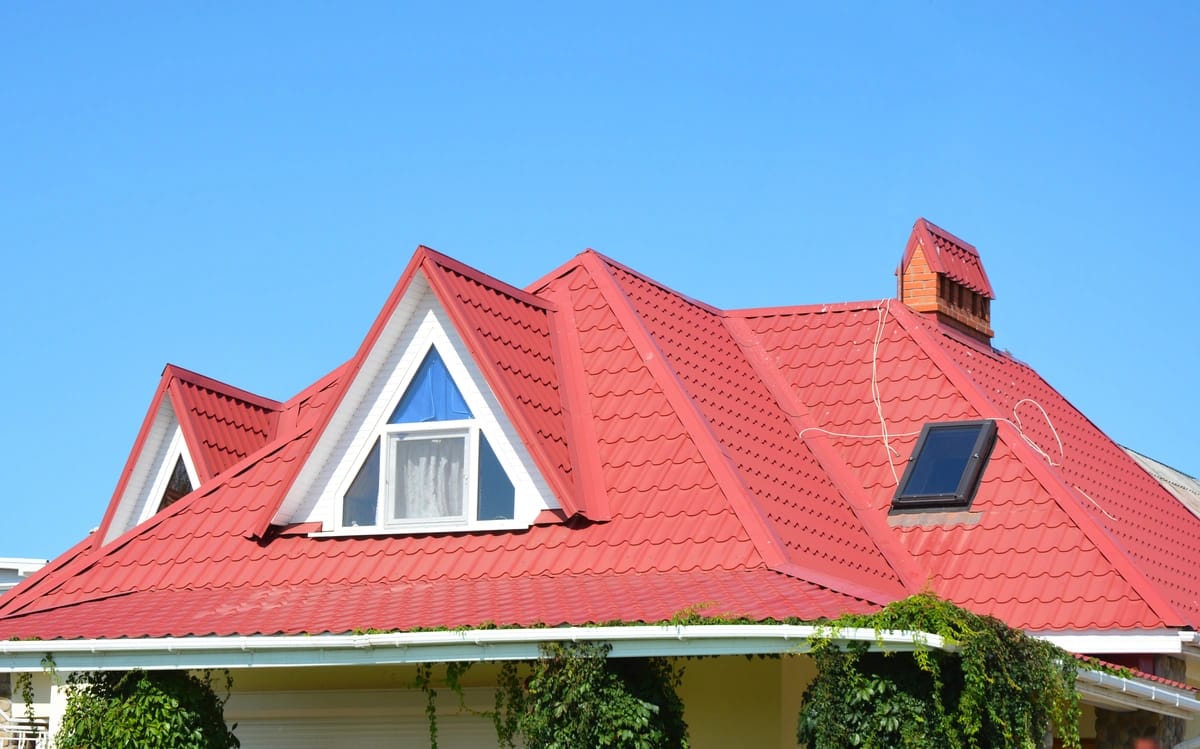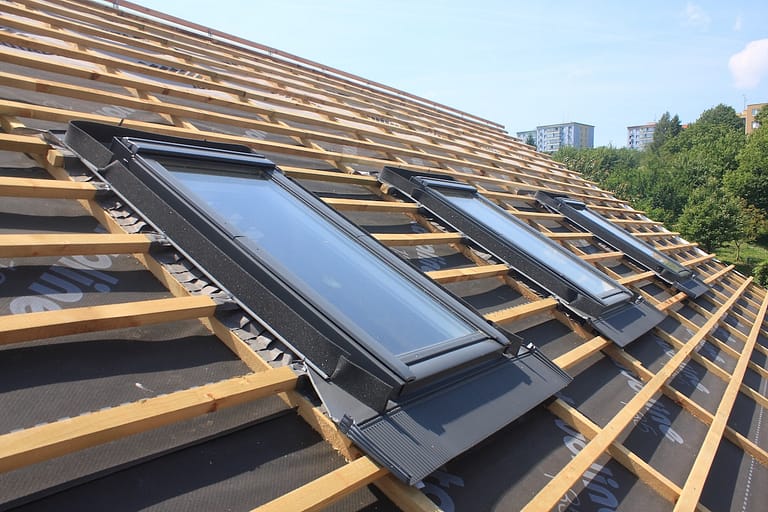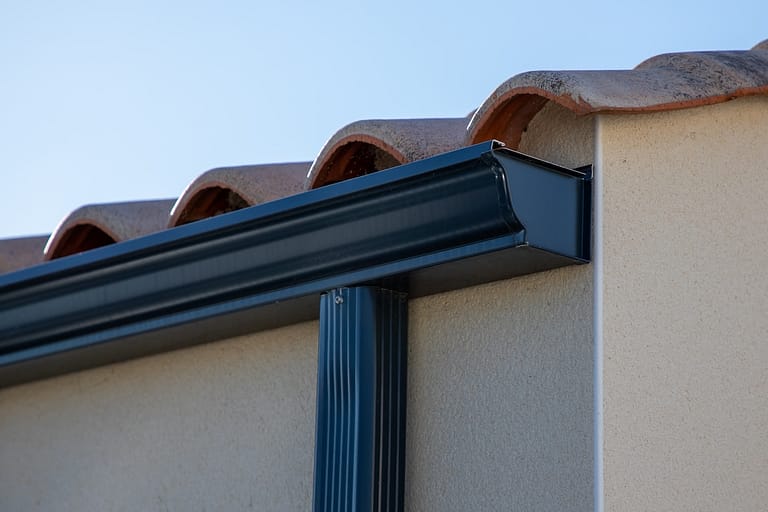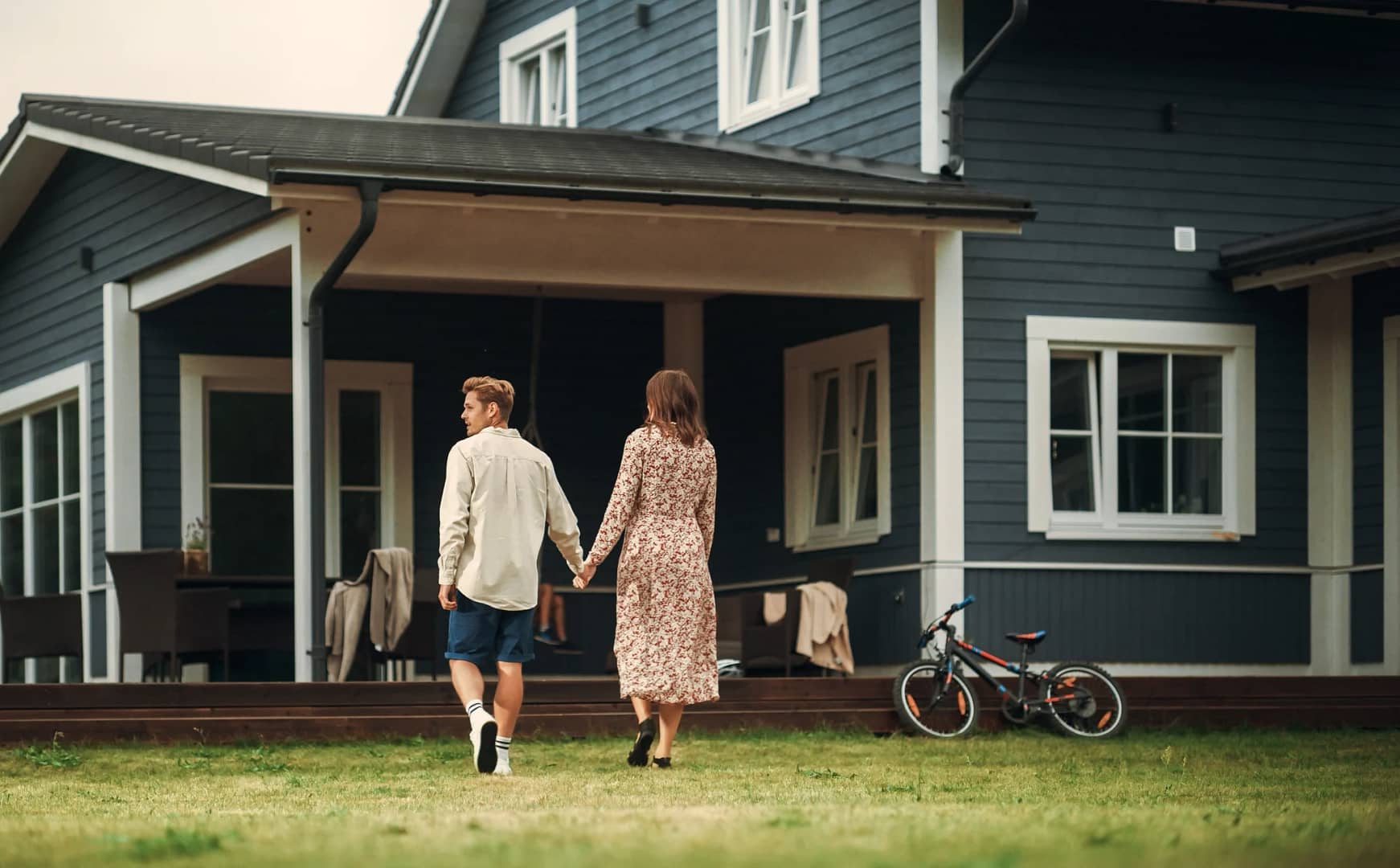When it comes to building or renovating a house, one of the critical decisions homeowners face is choosing the right roof style. Among the myriad of options available, two popular choices stand out: the hip roof and the gable roof.
Each has its own unique:
- Characteristics
- Advantages
- Considerations
In this comprehensive guide, we’ll delve into the differences between a hip roof vs gable roof, helping you make an informed decision about which one is best suited for your home.
Understanding Hip Roofs
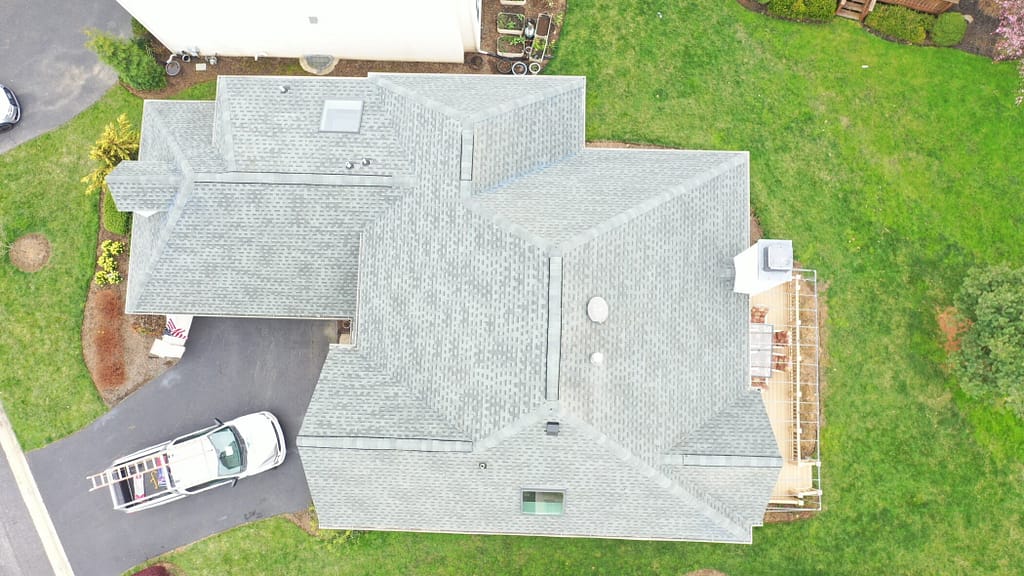
A hip roof, also known as a hipped roof, is characterized by its slopes on all four sides, with each side meeting at the top to form a ridge. The slopes of a hip roof are inclined downwards from the center, creating a gentle pitch. This design offers several benefits:
- Enhanced Stability: Hip roofs are inherently stable and resistant to strong winds, making them ideal for areas prone to hurricanes or high winds.
- Additional Living Space: The sloping sides of hip roofs provide additional attic or storage space, adding functional value to your home. Unlike a mansard roof, which also provides additional living space, hip roofs offer a more uniform and aesthetically pleasing design.
- Aesthetic Appeal: Hip roofs have a classic and timeless appearance, lending a sense of elegance to both traditional and modern architectural styles. Unlike the mansard roof, which also offers additional living space, hip roofs provide a more streamlined and elegant appearance.
Types of Hip Roofs
There is more than one type of hip roof to choose from! Here are a few of the different types:
- Simple Hip Roof: This is the most common type of hip roof, featuring a pyramid-like shape with equal slopes on all four sides.
- Cross Hipped Roof: In this variation, additional ridges are added perpendicular to the main ridge, creating separate sections with their own hip ends.
- Half-Hip Roof (Jerkinhead Roof): This style combines elements of both hip and gable roofs, with the gable ends partially truncated to form a hipped shape. While the half-hip roof combines elements of both hip and gable roofs, the gambrel roof features two distinctive slopes on each side, offering increased space in the upper areas of a structure.
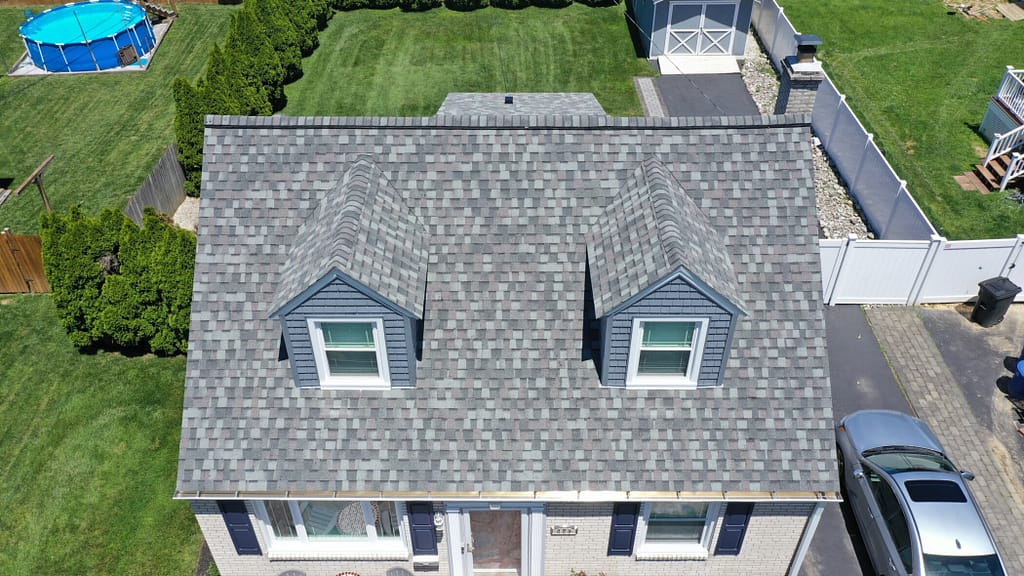
Exploring Gable Roofs
Unlike hip roofs, gable roofs feature two sloping sides that meet at a central ridge, forming a triangular shape. Gable roofs are a type of pitched roof, which contrasts with flat roofs in terms of stability and water runoff efficiency. This design is one of the most common roof styles and offers several advantages:
- Cost-Effectiveness: Gable roofs are typically easier and faster to construct than hip roofs, resulting in lower labor and material costs.
- Ventilation: The triangular shape of gable roofs allows for better ventilation, which can help regulate temperatures and reduce energy costs.
- Easy Maintenance: Gable roofs have fewer complex angles and corners, making them easier to maintain and repair compared to hip roofs.
Types of Gable Roofs
Not sure which gable roof style is right for you? Here are some popular styles:
- Dutch Gable Roof: This is the simplest form of gable roof, with two sloping sides meeting at the ridge, running parallel to the walls of the house.
- Front Gable Roof: In this variation, the gable end faces the front of the house, creating a distinctive architectural feature.
- Cross Gable Roof: Multiple gable sections intersect at right angles, creating a more complex roof structure often found in larger homes or buildings with multiple wings.
- Open Gable Roof: This style is left open in the middle, contrasting with a boxed gable roof, and is a more cost-effective option due to having fewer roof planes.
Roof Design and Structure
Roof design and structure play a crucial role in determining the overall appearance and functionality of a building. A well-designed roof can enhance the aesthetic appeal of a property, provide adequate protection from the elements, and even increase its value.
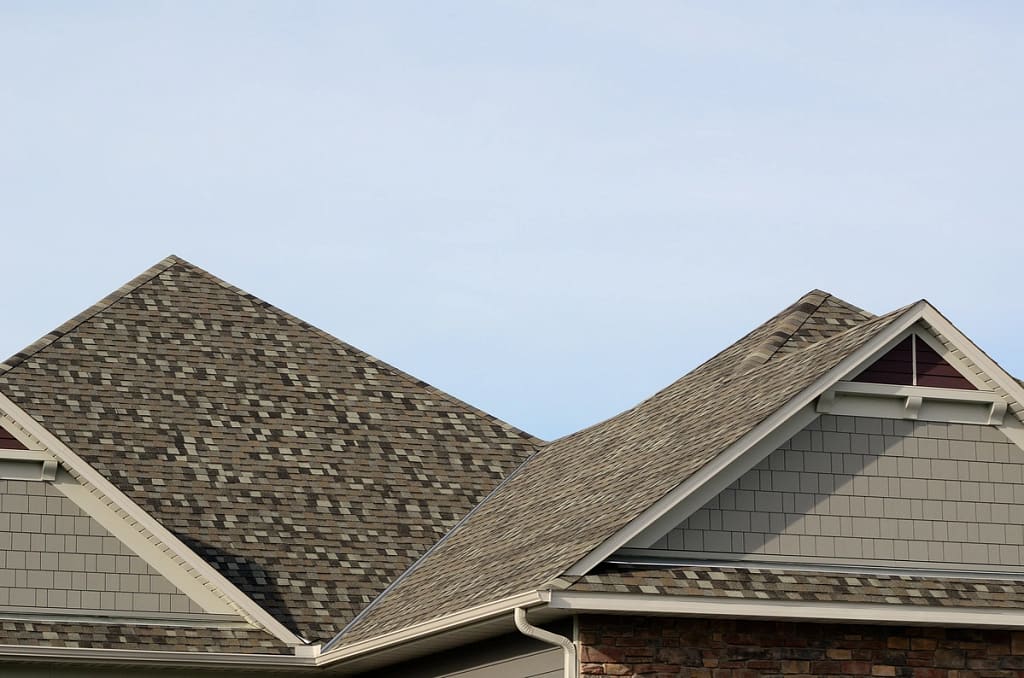
Hip Roof Design
A hip roof, also known as a hipped roof, is characterized by its four sloping sides that converge at the top to form a ridge. This design is not only visually appealing but also highly functional. The four triangular faces of a hip roof provide excellent protection against wind and weather, making it a popular choice in regions prone to high winds and heavy rainfall.
The design of a hip roof typically involves several key elements:
- Four Sloping Sides: Each side of a hip roof has a gentle slope, contributing to its stability and wind resistance.
- Ridge: The top of the roof where the four slopes meet, forming a horizontal line.
- Hip: The external angle where two roof planes meet, projecting outward.
- Eaves: The lower edges of the roof that extend beyond the walls, offering additional protection from the elements.
Hip roofs are versatile and can be adapted to various architectural styles, from traditional to modern, adding a touch of elegance and sophistication to any home.
Gable Roof Design
In contrast, a gable roof features two sloping sides that meet at a central ridge, forming a distinctive triangular shape. This design is highly effective in providing ventilation, which can help reduce the risk of water accumulation and improve energy efficiency. Gable roofs are versatile and can be found in various architectural styles, including Colonial, Craftsman, and Victorian homes. The simplicity and symmetry of gable roofs make them a cost-effective and visually appealing option for many homeowners.
Hip Roof vs Gable Roof: 3 Key Differences
While both hipped roofs and gable roofs offer distinct advantages, they also have notable differences that homeowners should consider:
1) Stability:
Hip roofs provide better stability and resistance to wind uplift compared to gable roofs, making them a preferred choice in regions prone to severe weather conditions.
2) Aesthetics:
Gable roofs are often preferred for their classic and symmetrical appearance, while hip roofs offer a more dynamic and modern look. Some variations, like the saltbox roof, offer a distinctive asymmetrical design that adds character to the home.
3) Space Utilization:
Hip roofs offer additional attic or storage space under the slopes, whereas gable roofs may have limited usable space due to the triangular shape of the attic. Mansard roofs, which become steeper halfway down, also offer additional attic space, similar to hip roofs.
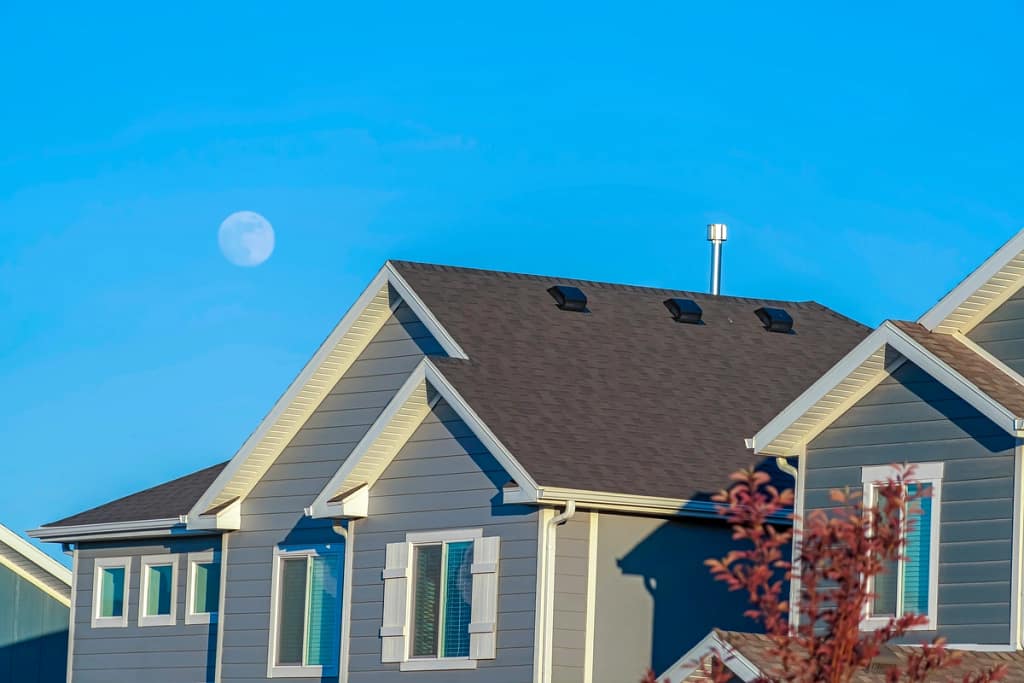
Advantages and Disadvantages
When it comes to choosing a roof style, it’s essential to consider the advantages and disadvantages of each option. Here are some of the key benefits and drawbacks of hip and gable roofs:
Hip Roof Pros and Cons
Advantages of Hip Roofs:
- Excellent Wind Resistance: The design of hip roofs makes them highly resistant to strong winds, which is why they are often used in hurricane-prone areas.
- Good Weather Protection: The four sloping sides of a hip roof provide superior protection against rain and snow, reducing the risk of leaks and water damage.
- Aesthetic Appeal: Hip roofs add a touch of elegance and sophistication to a building, enhancing its overall curb appeal.
Disadvantages of Hip Roofs:
- Higher Cost: Due to their complex design and the additional materials required, hip roofs are generally more expensive to build than gable roofs.
- Complex Design: The intricate design of hip roofs can make them more challenging to construct and maintain, potentially leading to higher labor costs.
- Limited Attic Space: The sloping sides of a hip roof can restrict the amount of usable attic space, which may be a consideration for homeowners needing extra storage.
By weighing these pros and cons, homeowners can better determine whether a hip roof or a gable roof is the right choice for their specific needs and preferences.
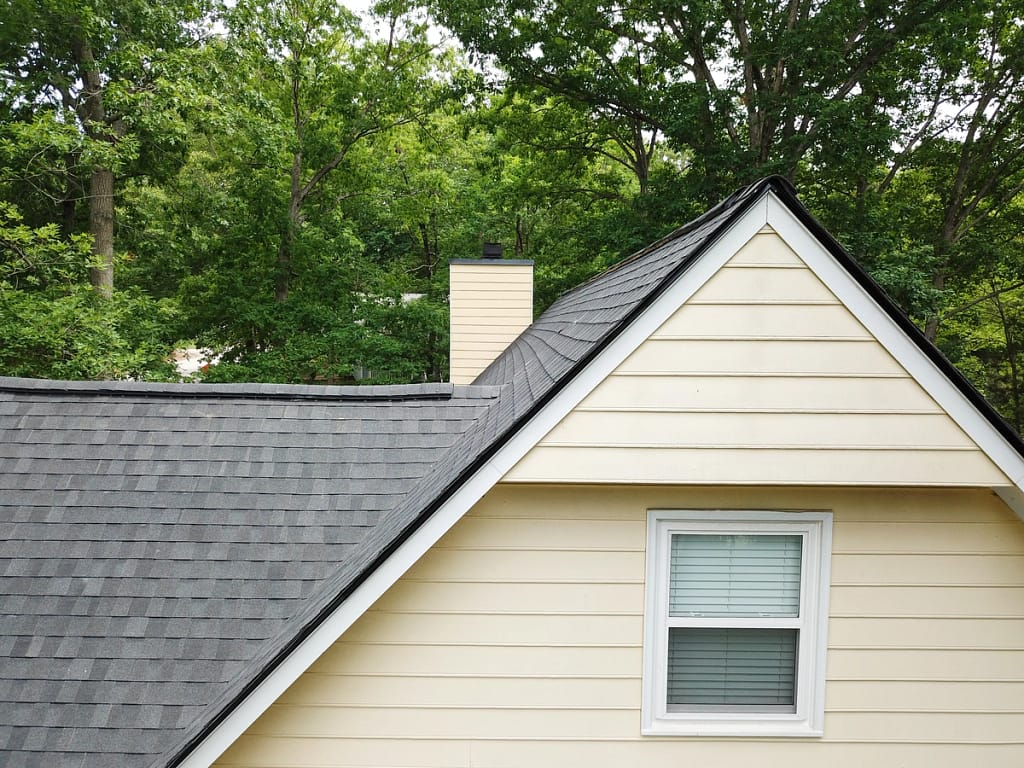
Choosing the Right Roof for Your Home
Selecting between a hip roof and a gable roof depends on various factors, including:
- Climate: Consider the weather patterns in your area and choose a roof style that offers optimal protection against wind, rain, and snow.
- Architectural Style: Your home’s architectural design and aesthetic preferences play a significant role in determining the most suitable roof style.
- Budget: Evaluate your budget constraints and weigh the cost differences between hip and gable roofs, including installation, maintenance, and long-term expenses.
Cost Considerations
The cost of installing a new roof depends on several factors, such as the size of your home, the complexity of the roof design, and the choice of materials. Flat roofs are often more cost-efficient due to their simpler construction and lower material costs Generally, gable roofs tend to be more cost-effective due to their simpler construction, while hip roofs may involve higher labor and material costs. Additionally, factors such as roof pitch, accessibility, and the need for structural modifications can influence the overall cost of roof installation.
Get Advice From A Professional Roofing Contractor
In the debate between hip roofs and gabled roofs, there is no one-size-fits-all answer. Each roof style offers its own set of advantages and considerations, and the right choice ultimately depends on your specific needs, preferences, and budget. Whether you prioritize stability, aesthetics, or cost-effectiveness, understanding the differences between hip and gabled roofs is crucial in making an informed decision that enhances the beauty, functionality, and durability of your home.
Not sure which route to go? Contact O’Donnell Roofing for a professional opinion!
